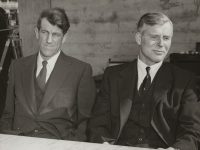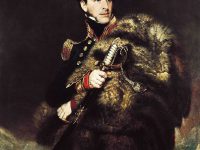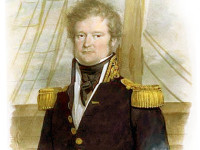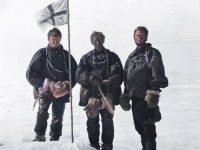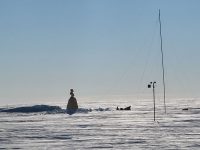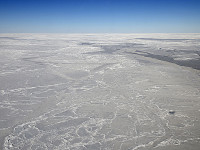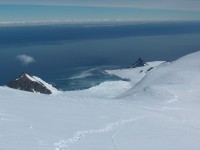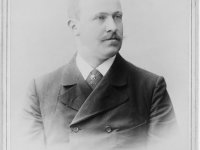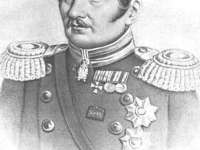Vivian Fuchs and the Commonwealth Trans-Antarctic Expedition
On February 11, 1908, British geologist and explorer Sir Vivian Ernest Fuchs was born. Fuchs initiated and led together with Sir Edmund Hillary [5,6] the Commonwealth Trans-Antarctic Expedition of 1957-58, which completed the first overland crossing of Antarctica in 1958. Vivian Fuchs – Education and first Expeditions Vivian Fuchs was born in 1908 in Freshwater, Isle of Wight, the son of the German immigrant Ernst Fuchs from the Jena area and of his British wife…
Read more

